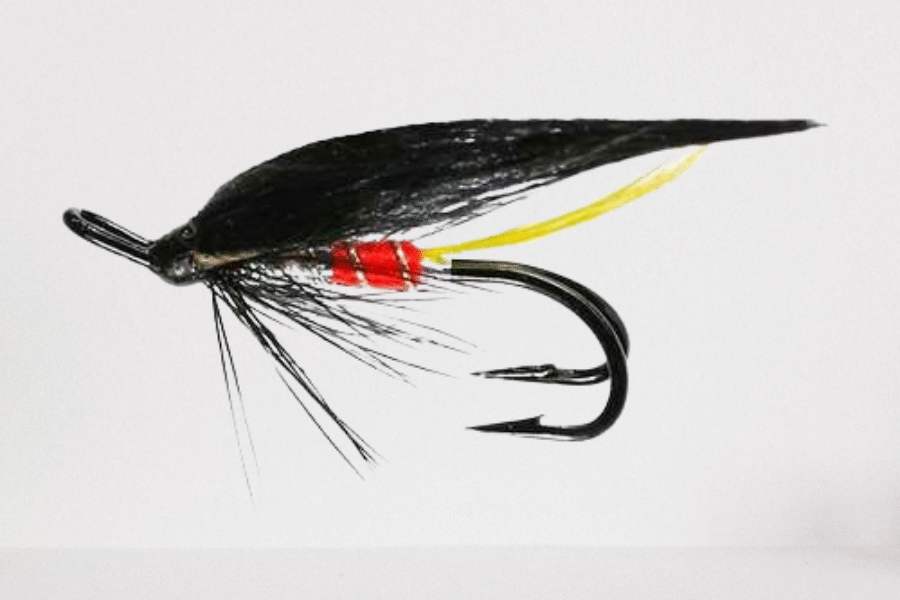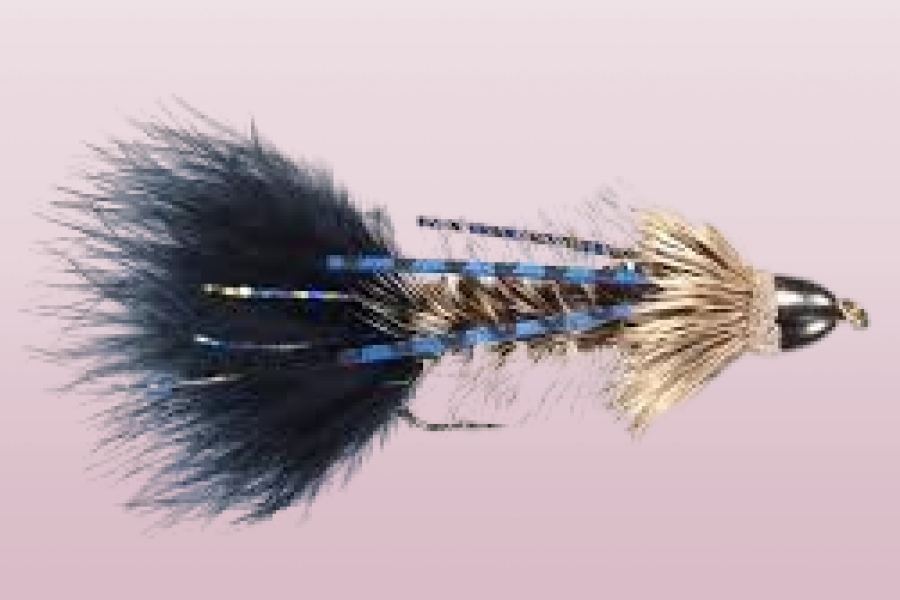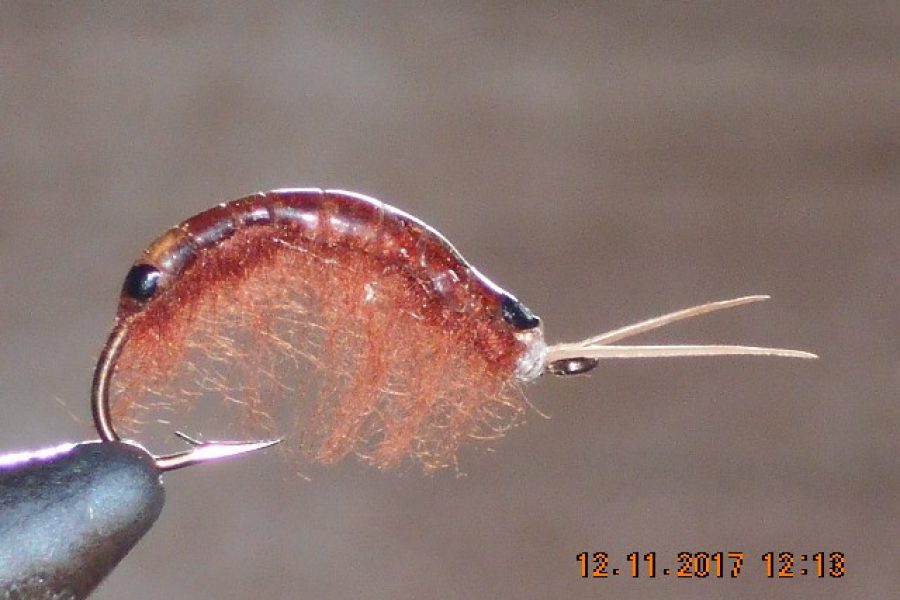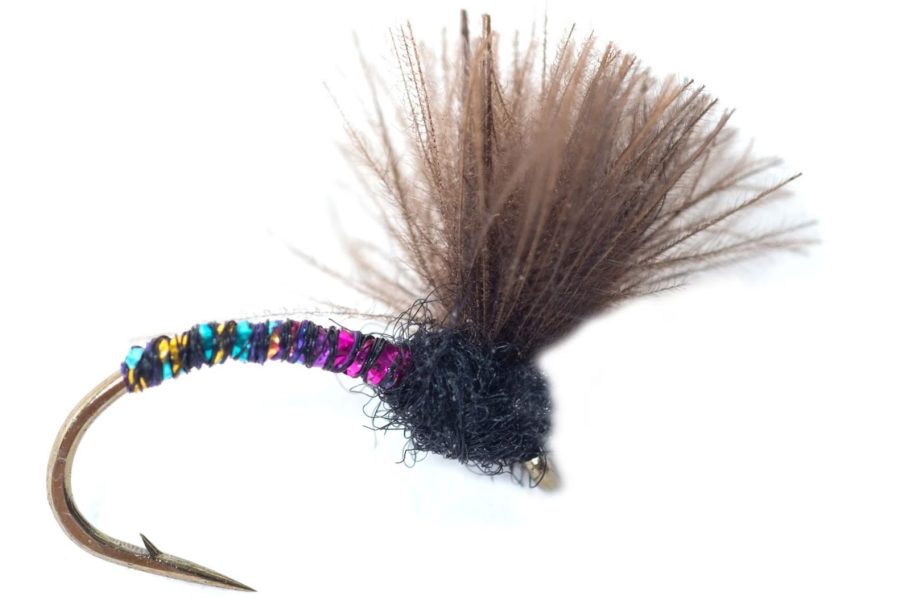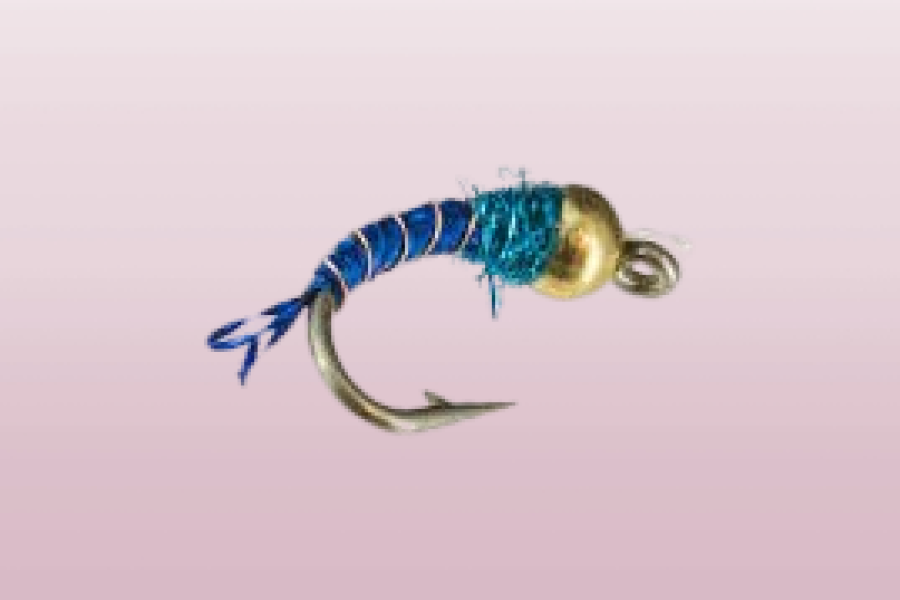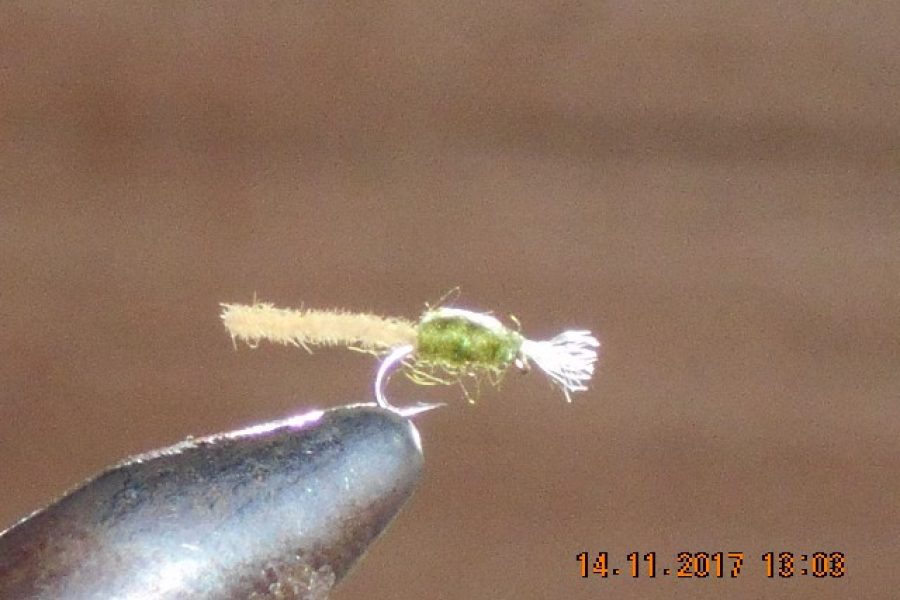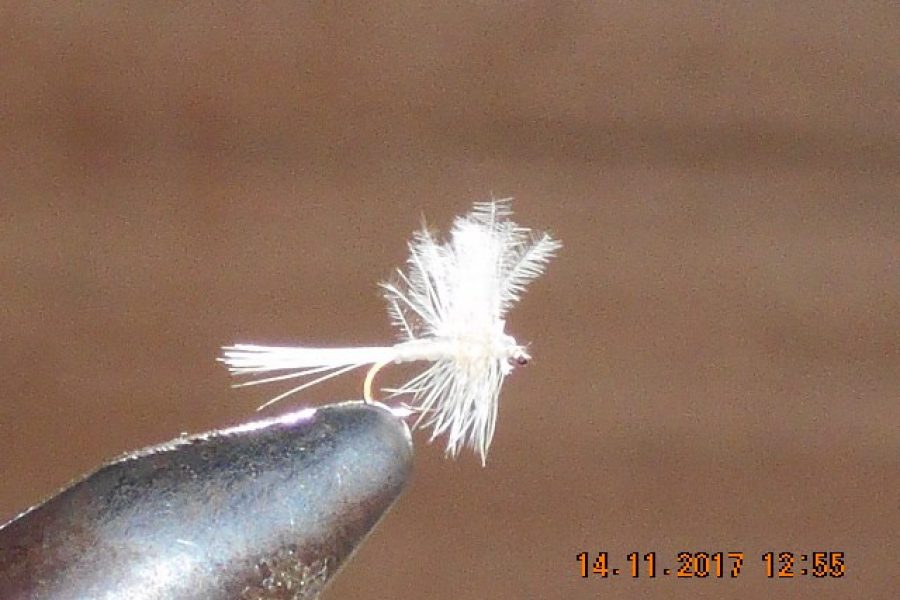Description
Advanced Pattern Engineering and Biological Mimicry The Bead Head Zebra Midge represents the pinnacle of minimalist yet highly effective nymph design, meticulously engineered to imitate the larval stage of midges. With nearly 17,000 species of midges in North American waters, this pattern has evolved into an exceptional generalist that can effectively match almost any midge species. Its remarkable effectiveness stems from its precise imitation of both the physical characteristics and movement patterns of natural midge larvae, making it an indispensable pattern for serious anglers targeting selective trout.
Material Science and Performance Enhancement Technology Premium Component Integration:
- Chemically sharpened curved hooks engineered for instant penetration
- Precision-matched tungsten or brass beads with calculated weight ratios
- Ultra-fine tying thread for achieving slim, natural profiles
- Premium grade wire ribbing for durability and segmentation
- Optional lead underbody for enhanced sink rates
- UV-resistant materials ensuring pattern longevity
- Color-fast thread maintaining appearance
- Specialized finishes enhancing realism
- Multiple color variations matching natural insects
- Size-specific components ensuring proper proportion
Hydrodynamic Design Elements and Movement Characteristics Fluid Dynamics Optimization:
- Calculated body proportions matching natural larvae
- Precise ribbing spacing for realistic segmentation
- Engineered taper profiles enhancing presentation
- Strategic weight distribution for natural drift
- Balanced material density ensuring proper sink rate
- Controlled descent characteristics
- Enhanced strike-triggering movement
- Optimized hook penetration angles
- Specific color pattern integration
- Size-matched component ratios
Advanced Water Column Tactics and Presentation Methods Deep Water Applications:
- Precision depth control through weight management
- Current velocity compensation techniques
- Structure approach protocols for various obstacles
- Depth maintenance systems in strong currents
- Strike indication enhancement methods
- Pattern movement variations for different species
- Recovery position optimization strategies
- Multiple rig configurations for varying conditions
- Line control refinement techniques
- Drift speed management protocols
Mid-Column Presentations:
- Suspended drift techniques for neutral buoyancy
- Current break exploitation strategies
- Edge water approach methodologies
- Visual strike detection systems
- Pattern movement control mechanisms
- Depth transition methods for varying water columns
- Speed control variations for different species
- Strike zone coverage optimization
- Pattern rotation protocols for maximum effectiveness
- Presentation angle adjustment techniques
Seasonal Pattern Optimization and Environmental Adaptation Winter Deployment:
- Deep pool targeting strategies
- Slow presentation methodologies
- Temperature-based approach modifications
- Light condition adaptations
- Feeding window optimization
- Pattern size selection criteria
- Color variation choices
- Depth control protocols
- Strike detection refinement
- Leader system modifications
Year-Round Applications:
- Temperature-based presentation adjustments
- Water clarity adaptation techniques
- Light penetration compensation methods
- Oxygen level assessment protocols
- Feeding behavior matching strategies
- Pattern rotation protocols
- Presentation speed adjustment methods
- Structure approach variations
- Recovery technique modifications
- Multiple pattern approaches
Technical Water Applications and Specialized Tactics Tailwater Specifics:
- Clear water presentation methods
- Selective trout approach tactics
- Micro-current reading techniques
- Pattern size reduction protocols
- Leader length optimization
- Tippet diameter selection
- Strike detection refinement
- Recovery position selection
- Follow-through protocols
- Multiple rig considerations
Spring Creek Tactics:
- Sight fishing methodologies
- Stealth presentation techniques
- Current seam exploitation
- Structure targeting protocols
- Depth variation strategies
- Pattern size adaptation
- Color selection criteria
- Retrieve speed adjustment
- Strike zone identification
- Recovery position optimization
Environmental Adaptation Methods High Water Conditions:
- Weight adjustment techniques
- Pattern size modification
- Color selection refinement
- Presentation speed adaptation
- Depth control methods
- Structure approach strategies
- Safety consideration protocols
- Recovery technique modification
- Pattern rotation strategies
- Leader system adaptation
Low Light Operations:
- Enhanced visibility patterns
- Flash material integration
- Contrast enhancement methods
- Presentation modifications
- Depth adjustment protocols
- Strike detection systems
- Pattern size optimization
- Color brightness adaptation
- Recovery position modification
- Multiple pattern approaches
Advanced Rigging Specifications Leader Engineering:
- Competition-grade leader systems
- Specialized tippet selection
- Strategic dropper placement
- Weight distribution calculations
- Tangle prevention protocols
- Line diameter progression
- Knot selection optimization
- Breaking strength analysis
- Visibility management
- Leader turnover dynamics
Terminal Tackle Configuration:
- Direct tie applications
- Dropper spacing calculations
- Pattern combination selection
- Weight placement strategies
- Line control enhancement
- Strike detection systems
- Leader balance considerations
- Casting adaptation methods
- Depth control mechanisms
- Pattern rotation protocols
The Bead Head Zebra Midge represents the perfect fusion of minimalist design principles and modern material science. Its sophisticated engineering incorporates precise calculations with time-tested fishing techniques, creating a pattern that consistently produces results across varying conditions. Whether targeting selective trout in technical tailwaters or presenting to opportunistic feeders in diverse water types, this pattern delivers exceptional performance through its carefully calculated design elements and versatile presentation capabilities.

